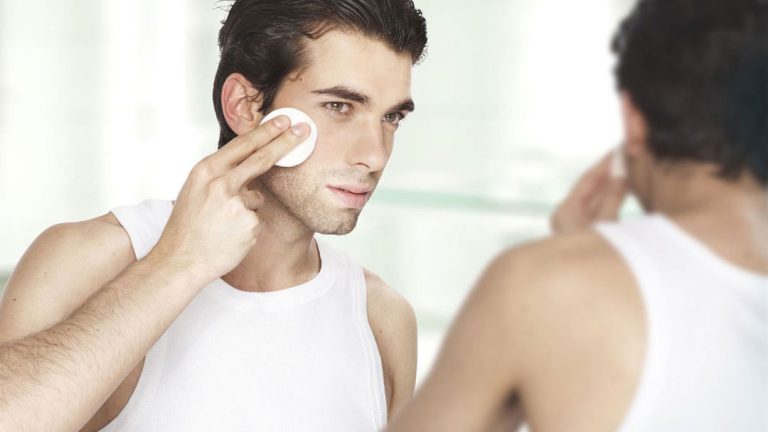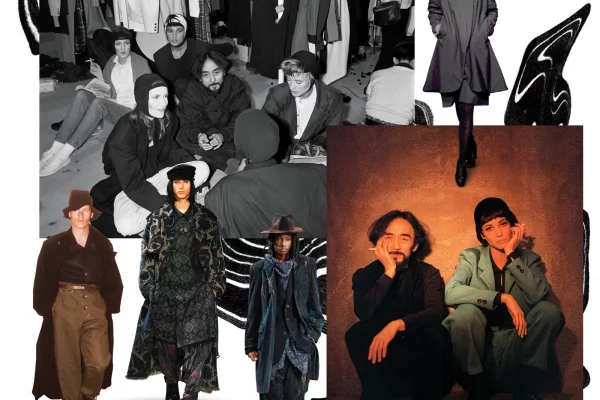In the early 2000s, a new breed of men emerged onto the cultural scene, characterized by their meticulous grooming, fashion-consciousness, and willingness to embrace traditionally feminine self-care practices. Coined as “metrosexuals,” these individuals challenged conventional notions of masculinity, sparking both fascination and debate. Over the past two decades, the concept of metrosexuality has evolved, leaving a lasting impact on perceptions of male identity and self-expression.
Origins of Metrosexuality
The term “metrosexual” was first popularized by British writer and gay activist Mark Simpson in a 1994 essay for The Independent. Simpson described the metrosexual as a young urban man, typically affluent, who prioritizes grooming, fashion, and lifestyle choices associated with urban living. Contrary to traditional stereotypes, Simpson emphasized that a metrosexual’s sexual orientation was irrelevant; what mattered most was his self-centered focus on personal pleasure and aesthetics.
During this time, societal norms around masculinity were shifting. The late 20th century witnessed a growing acceptance of diverse gender expressions and an increasing emphasis on consumerism and individualism. The metrosexual phenomenon reflected these cultural changes, challenging the traditional dichotomy between masculine and feminine behaviors.
The Metrosexual in Popular Culture
One of the most iconic figures associated with metrosexuality is former professional footballer David Beckham. In the early 2000s, Beckham became a symbol of the metrosexual man, admired for his stylish appearance both on and off the field. His endorsement deals with fashion brands and grooming products reinforced the image of the modern, fashion-conscious male.
Media outlets, including The New York Times, played a significant role in popularizing the concept of metrosexuality. Articles and think pieces dissected the trend, highlighting its implications for gender norms and consumer culture. Celebrities like Beckham were scrutinized for their grooming habits and fashion choices, contributing to the visibility of metrosexual identity in mainstream discourse.
Commercialization of Metrosexuality
As the concept gained traction, marketers seized the opportunity to capitalize on the burgeoning market for men’s grooming products and fashion. Brands launched campaigns targeting the metrosexual demographic, promoting skincare, haircare, and clothing lines tailored to men’s evolving tastes.
The commercialization of metrosexuality had both positive and negative consequences. On one hand, it encouraged greater acceptance of male self-care and fashion experimentation. On the other hand, it perpetuated narrow beauty standards and consumerist ideals of masculinity, reinforcing stereotypes of male vanity and superficiality.
The Decline of Metrosexuality
Despite its initial popularity, the metrosexual trend began to wane by the mid-2000s. Critics argued that it had become commodified and diluted, losing its subversive edge. As new iterations of masculinity emerged, such as the rise of the “lumbersexual” and “spornosexual,” the metrosexual archetype faded from the cultural spotlight.
Social and economic factors also contributed to the decline of metrosexuality. The global financial crisis of 2008 prompted a reevaluation of consumer values, leading some men to prioritize practicality and frugality over indulgent grooming rituals. Additionally, shifting attitudes towards gender and sexuality prompted a broader redefinition of masculinity, encompassing a more diverse range of identities and expressions.
Legacy of Metrosexuality
Although the era of the metrosexual may have passed, its legacy continues to influence contemporary discussions of gender and appearance. The metrosexual movement challenged traditional notions of masculinity, opening up space for men to explore and embrace their individuality. It also sparked conversations about beauty standards, consumer culture, and the evolving nature of gender identity.
In recent years, there has been a resurgence of interest in male grooming and self-care, driven in part by the influence of social media and celebrity culture. Influencers and personalities openly share their skincare routines, fashion tips, and fitness regimens, blurring the lines between traditional gender roles and expectations.
Modern Masculinities
Today, the landscape of masculinity is more diverse and inclusive than ever before. From the rise of gender-fluid fashion to the celebration of body positivity, contemporary expressions of masculinity encompass a wide spectrum of identities and experiences. Influential figures like actor Chris Hemsworth and musician Harry Styles challenge traditional norms of male beauty and behavior, inspiring others to embrace authenticity and self-expression.
The concept of metrosexuality may have faded from prominence, but its influence can still be felt in the ongoing conversation about masculinity and identity. As society continues to evolve, so too will our understanding of what it means to be a man in the modern world. Whether through fashion, grooming, or personal expression, individuals are rewriting the script on masculinity, embracing diversity and breaking free from outdated stereotypes.


